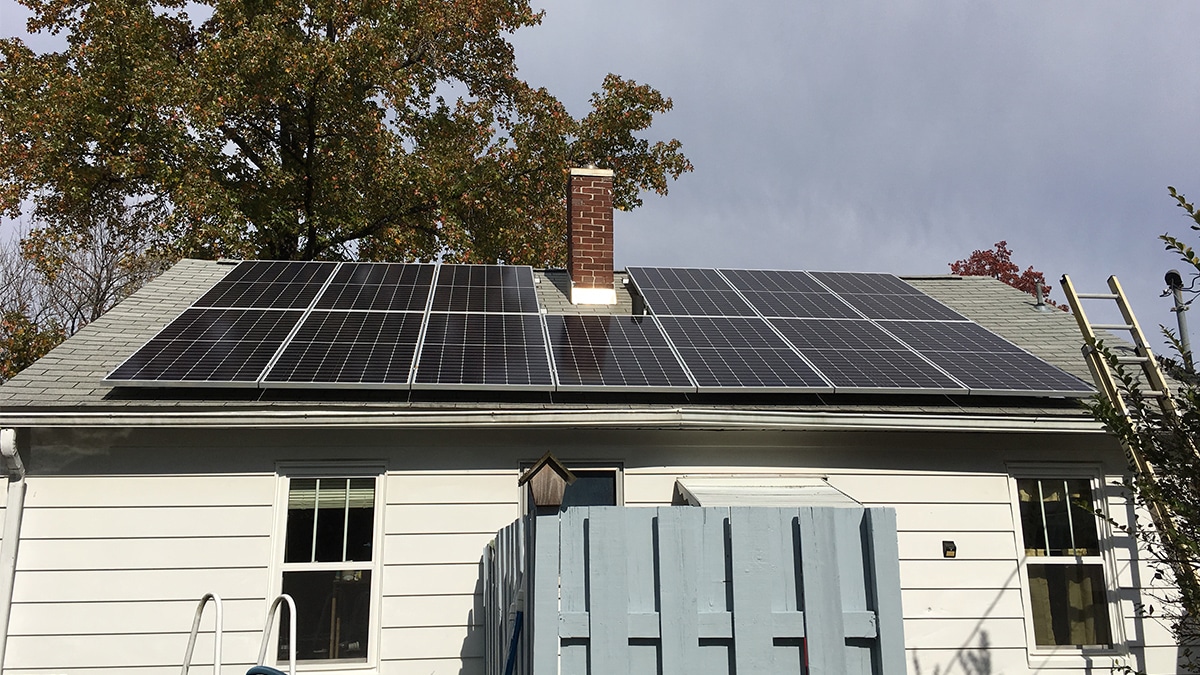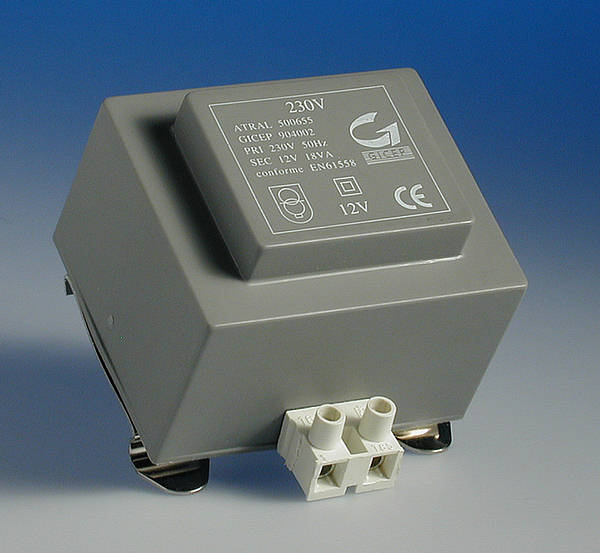Table of Content
- How To Choose And Use A Solar Generator
- Otterbox Fast Charge 20,000mAh – Best USB-C power bank with Power Delivery
- Tronsmart Presto PBT10 – Most portable
- What is the lifespan of a power bank?
- Best modular design home battery
- Saratoga Residents Learn About Planned Battery Storage At Wood County Solar Farm
- Mini 5000mah tragbare drahtlose Solar Magnet-Power bank mit funktionalen Designs
A battery shunt should be connected on the negative side of the circuit. Lithium batteries are the go-to for solar applications especially if you looking for a low-maintenance system. They are mainly used in lightweight and have a high-efficiency performance.

For those with a compatible device, make sure the battery pack is Quick Charge 2.0, 3.0, or PD certified. Depending on your smartphone, this can make a big difference in performance. If you own a QC 2.0 device, however, ask yourself if paying extra for a QC 3.0 capable pack is worth it.
How To Choose And Use A Solar Generator
Today, we are blessed with numerous ways to deliver and withdraw power. Both forms of battery work effectively and have their pros and cons. However, it will largely depend on the design and manufacturing of a power bank as to whether it delivers the charge you need. Power banks can be used to charge any device that is battery operated. This can include smartphones, tablets, wearable tech, cameras, console controllers, headphones and even laptops.

An average household can run basic appliances for 6-9 hours with a single EverVolt system. If larger appliances such as A/C units, are needed during a blackout, you'll need a minimum of two EverVolt systems. The solar roof is made of glass solar tiles, which produce energy, and steel roofing tiles, which provide longevity and corrosion resistance to your roof. Both are engineered for all-weather protection and come with a 25-year warranty. Solar panels are low-profile with integrated hardware with a concealed edge and no gaps, so they're not unattractive and garish. There are a few important considerations and calculations you need to make before you decide how big your backup system needs to be.
Otterbox Fast Charge 20,000mAh – Best USB-C power bank with Power Delivery
Our budget pick is the portable Goal Zero Yeti 6000X Solar Generator for backing up critical items while using clean energy, and it doesn't require special installation. Aside from retail pricing and installation costs, we carefully considered peak, start, and running voltage and amperage. Since these are permanent installations, you need to make sure the system is capable of handling the electrical load of all of your appliances on a daily basis. In our opinion, the Tesla Powerwall+ is the top choice for a whole-home battery backup system. It has a capacity of 13.5kWh, a 10-year warranty, and an intuitive companion app for monitoring energy distribution and use.

Togo also showed us the largest measured capacity percentage compared to its stated capacity at 346 watt-hours at 98.95%. This unit isn't particularly fast to charge, however, taking 4 hours, 17 minutes to fully charge from empty. Don’t put 100 percent confidence in a company’s claims of a pack being able to charge, say, a Galaxy S8 or iPhone X six times over. Battery capacity and efficiency varies based on a number of factors. Read this Macworld report on USB-C packsto learn more about batteries and capacity.
Tronsmart Presto PBT10 – Most portable
The most popular choice for residential energy storage is the Tesla Powerwall, a 13.5-kilowatt hour lithium ion battery that costs about $11,500, including installation costs. With solar panel battery storage, you can go green by making the most of the clean energy produced by your solar panel system. If that energy isn’t stored, you will rely on the grid when your solar panels dont generate enough for your needs. However, most grid electricity is produced using fossil fuels, so you will likely be running on dirty energy when drawing from the grid. The amount of electricity a solar battery can deliver at once is measured in kilowatts .
Solar power bank are a must-have for the outdoorsy individual who likes to go exploring in places with little or no electricity. Solar power banks can help you save money by storing solar energy, which can be used when you need it. Solar power bank is compatible with all USB devices such as smartphones and tablets. The product has 2 USB output ports, if the device is compatible, it can support the QC3.0 fast charge protocol.
What is the lifespan of a power bank?
Portable power stations are the perfect solution to keep us, well, portably powered. But there are enough bells and whistles these days to consider adding one of these to your normally powered life as well. How fast your power bank can charge a device is dependent upon the available output of the power bank and the available input of the device.
Keeping it simple-ish, imagine a swimming pool with room for 100 people, each person representing 1% of the total space. When you first start charging, and that first person dives in, you don't really have much to worry about. You're not going to run into anyone else, so dive, splash around, whatever you want.
The inverter can also convert AC to DC to charge the Powerwall using cheap off-peak mains power. At its most basic, new generation home energy storage is quite a simple concept, but involves some very high-tech equipment. While not as efficient as an MPPT controller, the PWM of this product has a charging current rate of 30A. A charging current rate of 30A is great even for a PWM controller. Connect the positive posts on battery A to battery B and the positive output to the positive post on battery A.

Are you interested in powering your Gunzenhausen home with solar energy? Solar energy companies in Gunzenhausen, Bavaria, Germany can evaluate your needs and design, install and maintain the best renewable energy system for your home. Most lithium-ion solar batteries have a minimum warrantied lifespan of around 10 years, or a cycle life of 10,000 cycles – whichever comes first.
Because of this, your inverter needs to be large enough to handle the biggest load you’ll put on it at any single instance. If we connect in parallel, we could have two 12-volt 400 amp-hour batteries, giving us 800 amp-hours but keeping our 12 volt system. If we connect in series, we could have 2 6-volt 800 amp-hour, giving us a 12 volt battery system with 800 amp-hour capacity.

No comments:
Post a Comment